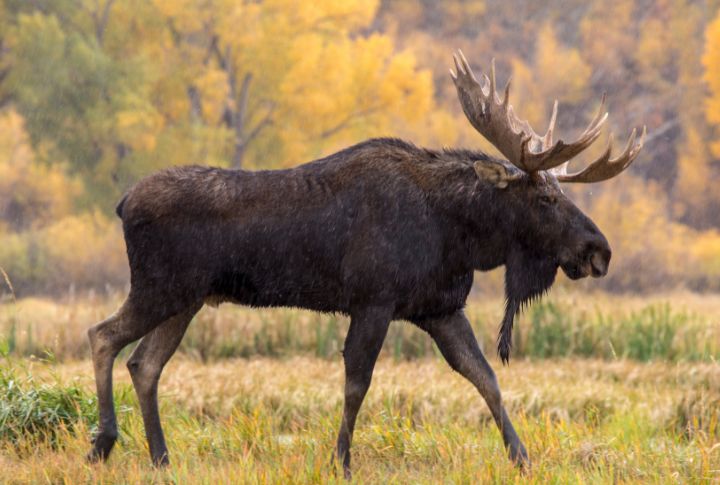
The North American moose, with its towering antlers and humped shoulders, derives its name from the Algonquian word “moosu,” meaning “twig eater.” These gentle giants are often misunderstood as slow and unintelligent despite their imposing stature. In reality, moose are fascinating animals with unique behaviours and characteristics. Here’s a list of 15 misconceptions about these animals that you shouldn’t believe because they are far from the truth.
Myth: Moose are Slow Animals
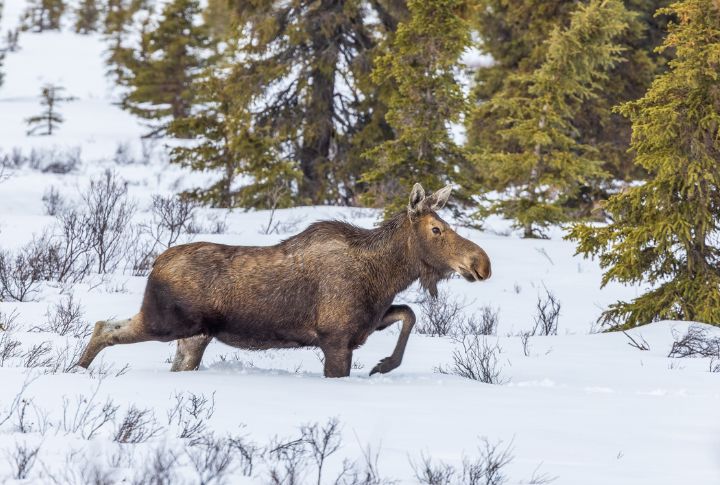
Fact: Despite their large size, moose can run up to 35–40 mph and jump over obstacles regardless of the terrain. This misconception likely stems from their calm and docile demeanor, but moose can be quick. Although they can’t run a marathon because they weigh up to 1,800 lbs, they can cover a distance with their six-feet-long legs.
Myth: Moose are Only Found in Canada
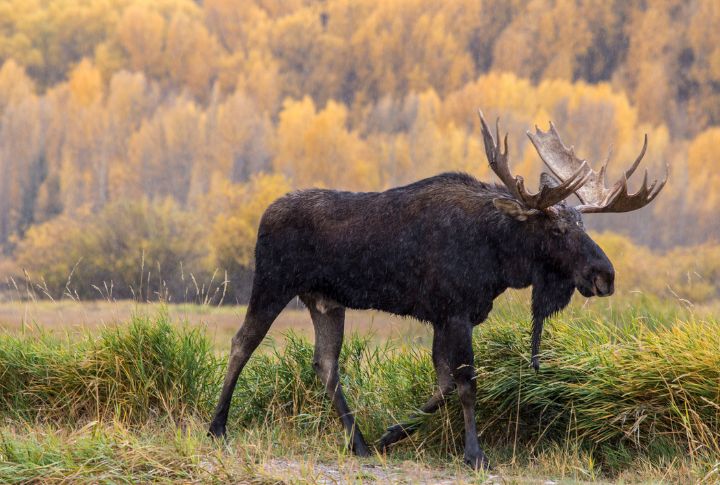
Fact: While Canada is known for its large moose population, these majestic creatures can be found in other parts of the United States, like Maine and Minnesota. They have a wide distribution range and can adapt to various habitats, making them more widespread than commonly believed.
Myth: Moose Cannot Swim
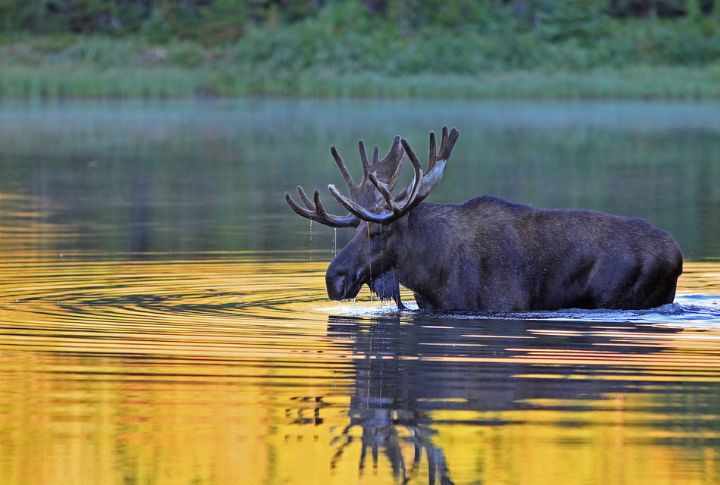
Fact: Moose can move through water because their large body size helps them stay buoyant, and their long legs act as powerful paddles to propel them forward. They have hollow hair that traps air, providing insulation and increasing buoyancy. Their nose flaps allow them to hold their breath underwater for about 50 seconds. A moose can swim as fast as 9.5 kph and up to 6 m (20 ft) below the water surface in search of nutrient-rich aquatic plants.
Myth: Moose Live Less Than Ten (10) Years
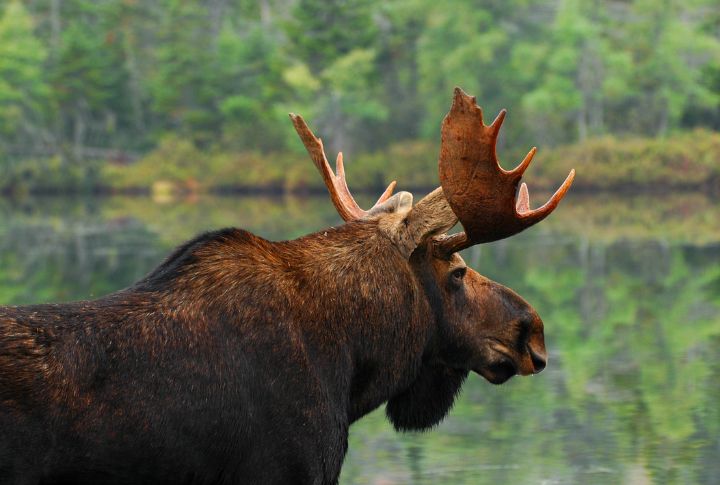
Fact: Many believe that moose have short lives because the average lifespan of a deer in the wild is around 4 to 6 years. However, moose can live up to 20 years, depending on predation, habitat quality, and disease. Their average lifespan ranges from 15 to 25 years in the wild and about 27 years in an enclosure.
Myth: Moose Antlers are Always Symmetrical
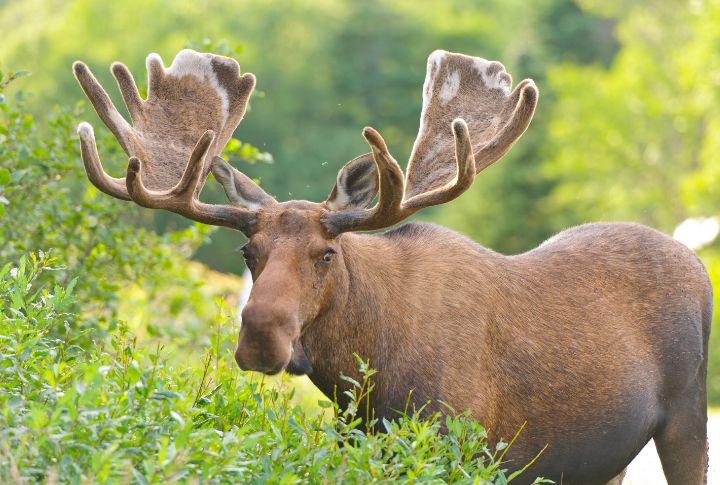
Fact: Although symmetry can occur, moose can develop asymmetrical antlers due to various factors such as injuries, genetics, or hormonal imbalances. These irregularities can occur in antler size, shape, or tine configuration. Asymmetry in moose antlers is a natural occurrence and can vary from one individual to another.
Myth: Moose Without Antlers are Females or Cows
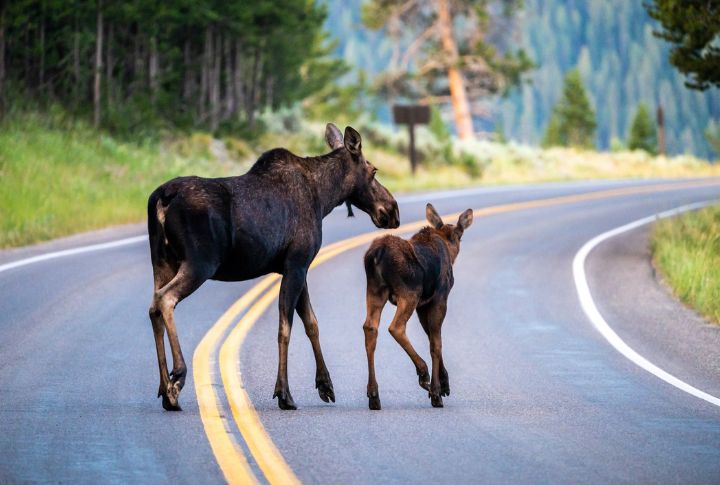
Fact: While cows never grow antlers, males, like many other members of the deer family, lose their antlers every winter and don’t start growing them back for about three to four months. Besides, young males, or bull calves, only grow antlers once they’re at least a year old. So, if you spot a moose in the winter, don’t assume it’s a lone female, as both genders can be without antlers at certain times of the year.
Myth: Moose are Easy to Domesticate
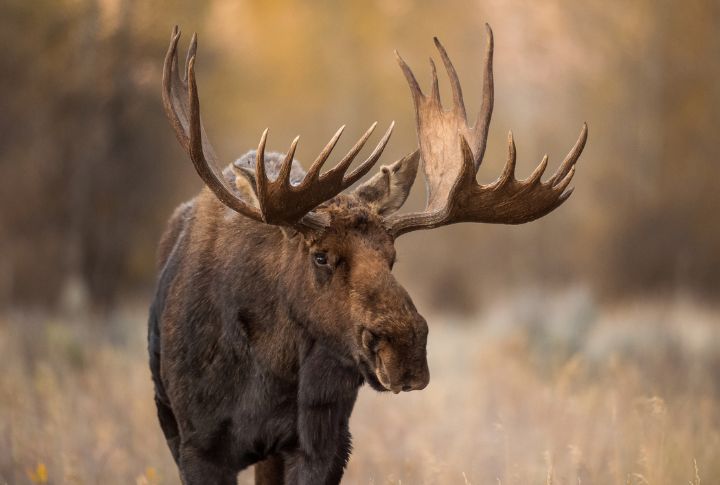
Fact: Despite their meek and submissive appearance, moose are challenging to domesticate as wild animals. Moose are highly unpredictable, with strong instincts and territorial behaviors that make training difficult. Likewise, their large size and unique dietary requirements, such as a diet rich in willow and aquatic plants, can further complicate your efforts.
Myth: Moose Have Poor Sense of Smell

Fact: Moose have large nostrils with interior complex folds that allow them to distinguish scents of predators or food sources from a distance. They also have a vomeronasal organ for detecting pheromones and chemical signals in their environment.
Myth: Moose are Easy Targets for Predators

Fact: Although moose can fall prey to predators like wolves and bears, their large size and strength still make them formidable opponents. When they decide to fight, they stand next to trees and high shrubs to protect their sides and use their long front legs and large hooves as weapons. An accurate strike can easily crush a person’s skull or injure attacking wolves. They can also outrun predators in rough terrains like swamps and snow.
Myth: Moose Only Use Their Antlers for Fighting
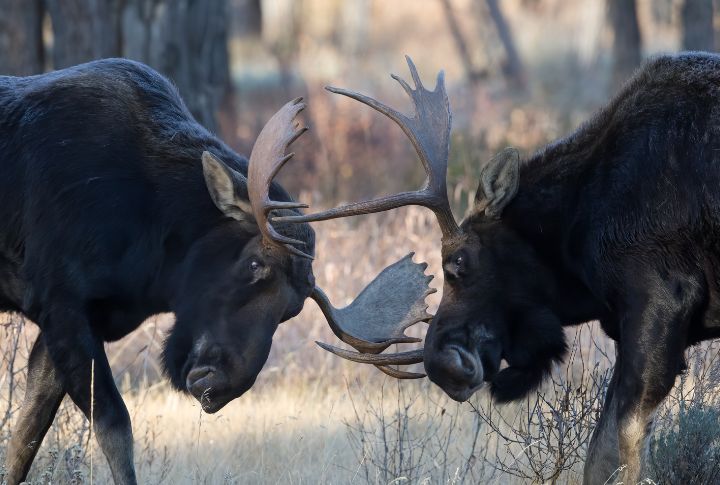
Fact: Male moose grow antlers that can span up to 6 feet from end to end and weigh as much as 40 pounds. Besides defense and protection against predators, these bony structures serve various purposes beyond fighting. They are used to impress potential mates and determine dominance during mating season. They also help to dig for food and remove obstacles such as snow, roots, or vegetation.
Myth: Moose Have Poor Hearing
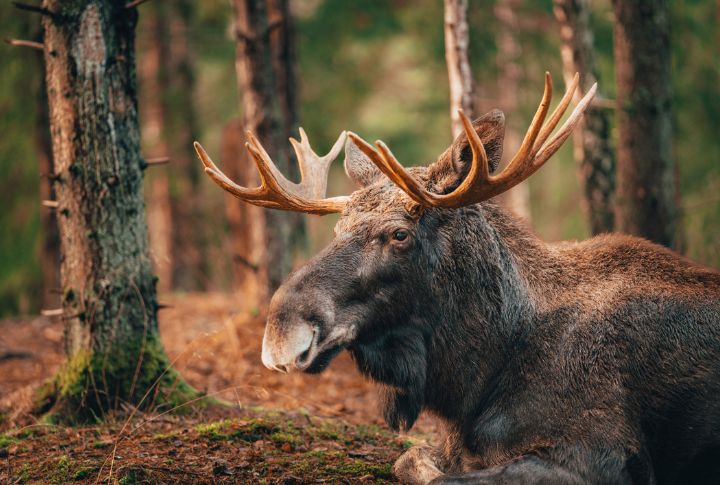
Fact: Moose have large, funnel-shaped ears that can rotate independently, allowing them to pinpoint various sounds with remarkable precision. Since they don’t have sharp eyesight like their predators, they rely heavily on their acute hearing to detect potential threats. This powerful auditory sense helps them survive in the wild.
Myth: Moose Are Endangered
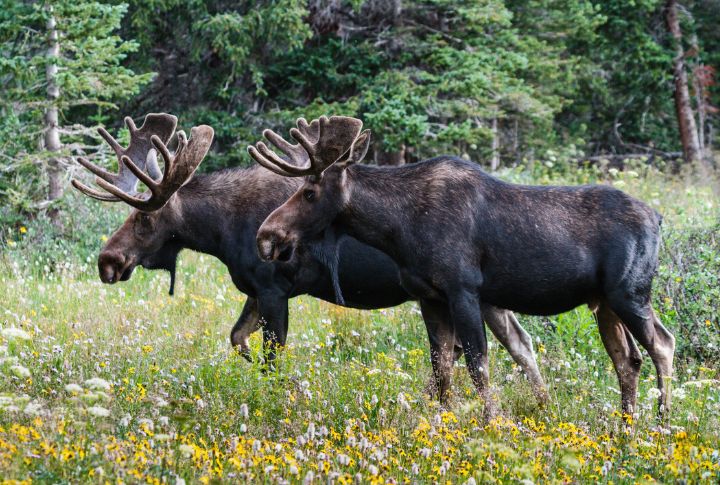
Fact: The IUCN classifies moose as a species of least concern. Their population is stable, with an estimated worldwide population of around 1-1.5 million. They are found in healthy numbers across North America, Europe, and Asia. Conservation efforts are also going on around North America to preserve their habitat.
Myth: Moose are Only Dangerous During Spring
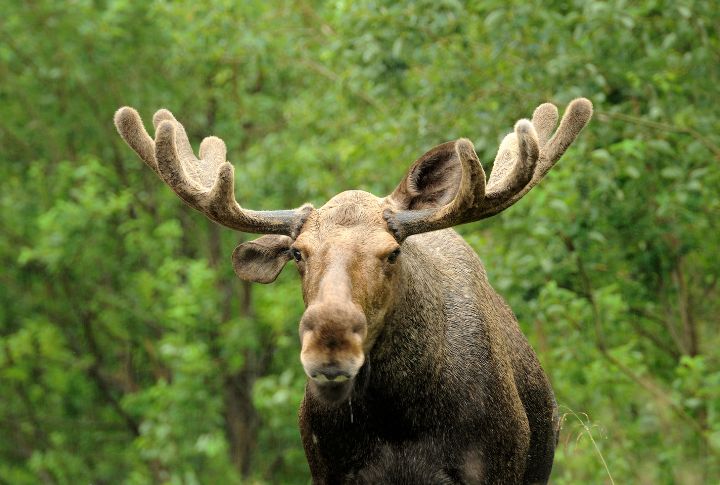
Fact: Many consider the spring mating season a risky time to encounter a moose due to heightened aggression. Contrary to popular belief, moose are more erratic during the fall rutting season and display territorial behavior. For safety, it’s advisable to avoid provoking a moose regardless of the season.
Myth: You Can’t Fend Off a Moose Attack
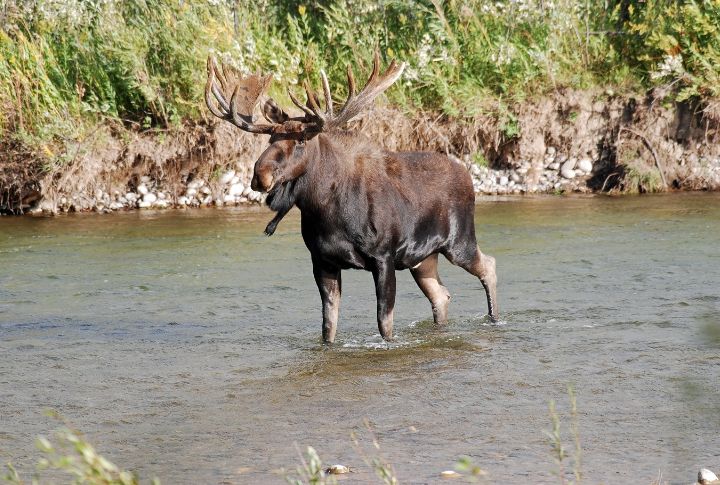
Fact: If you find yourself in this dangerous position, don’t panic. Despite their size and strength, there are ways to fend off a moose attack. Stay calm and back away slowly while avoiding direct eye contact. Watch out for signs that the moose is bothered by your presence, like standing still instead of retreating, flattening its ears, or approaching you. If it charges at you, run away in a zigzag pattern, as moose slow down when trying to maneuver. Remember, it’s better to be safe than sorry, so be aware of your surroundings and avoid getting too close to moose.
Myth: Moose Do Not Make Vocalizations
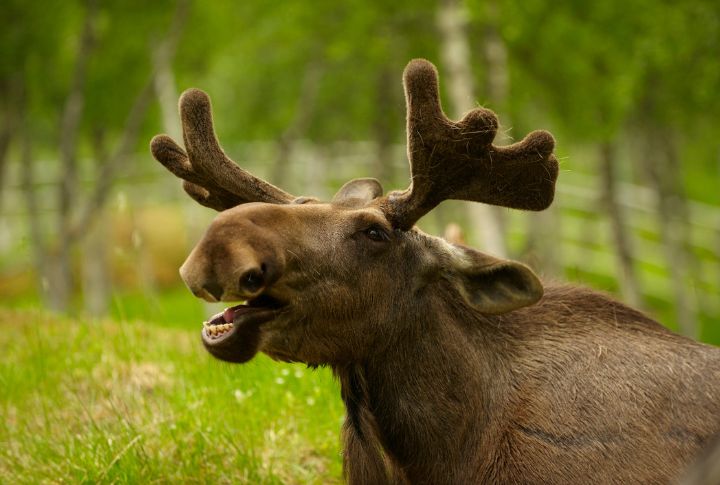
Fact: Moose produce various sounds for communication, such as grunts, wails, and bellows. They use these vocals to establish territory, attract mates, and warn threats. During mating season, the males make deep grunts to attract females, while mothers use low grunts to communicate with their calves.

Comments
Loading…